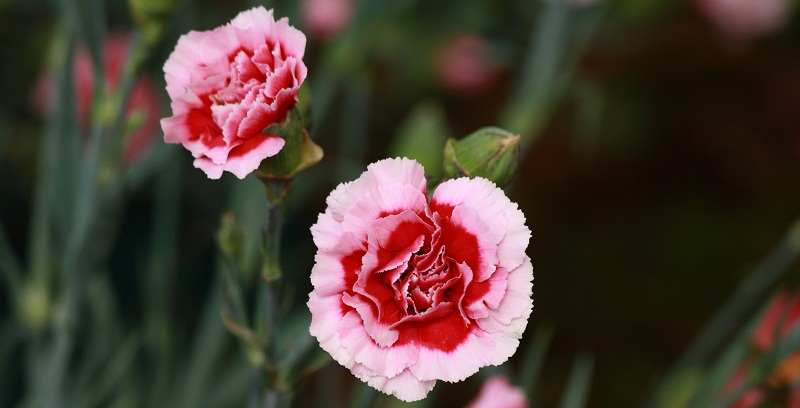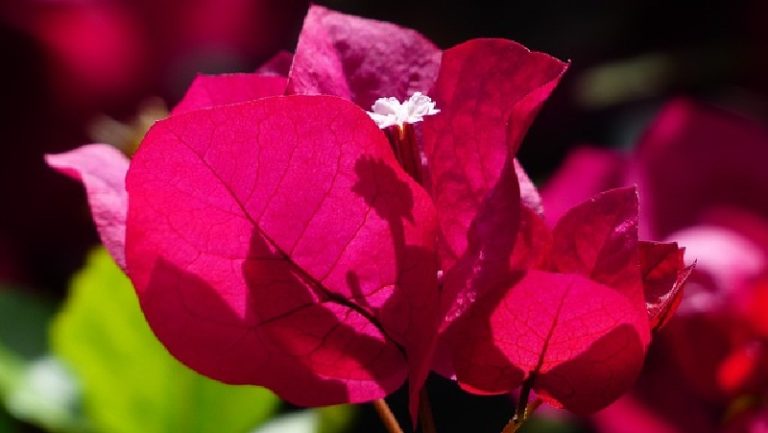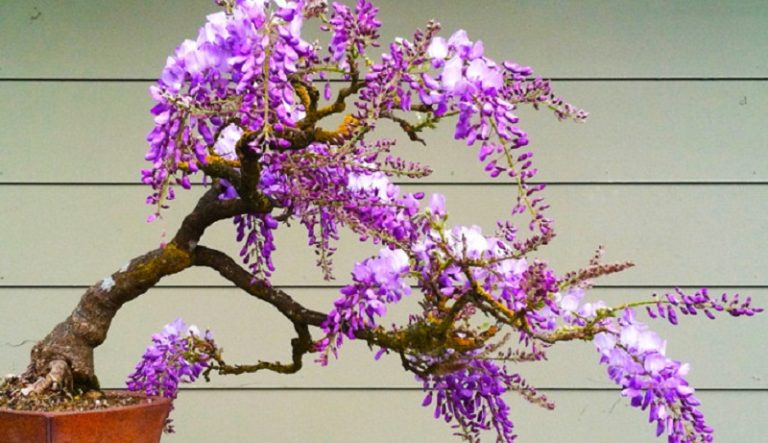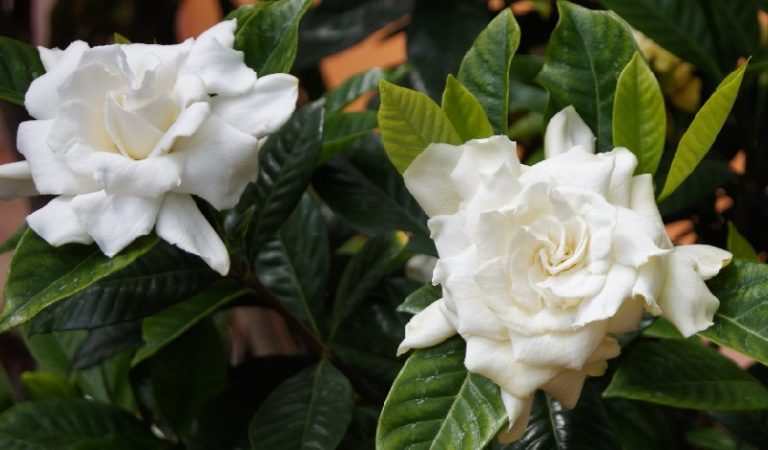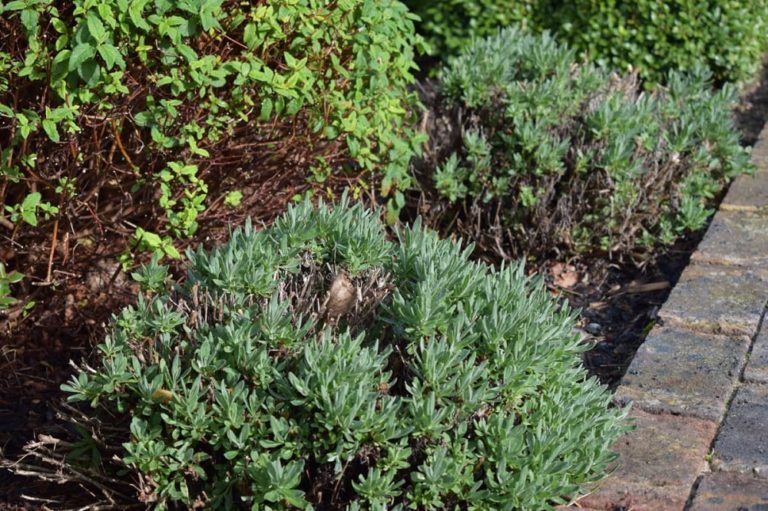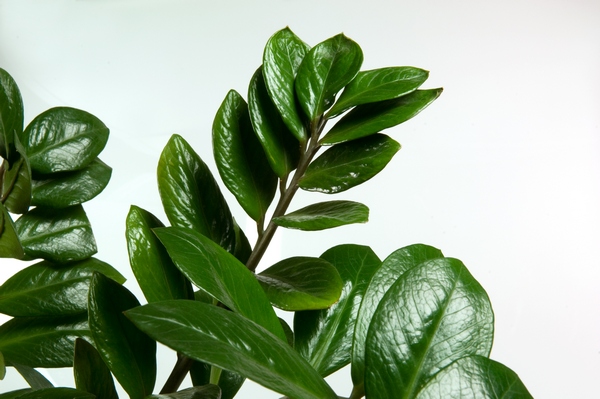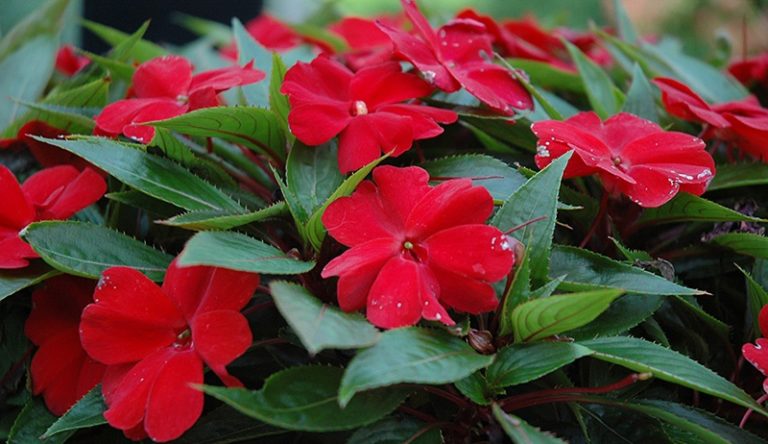Carnation: care
Carnation flowers will decorate the yard or garden with their long-lasting and bright flowering from spring to autumn.
Carnation is a perennial herbaceous plant. The stems of the carnation are elongated, smooth with a green-blue tint, depending on the species, there are with single flowers, and with inflorescences, the size of the flower depends on the type of carnation.
The flower color of natural species includes red, pink and white shades. In artificially bred varieties, the petals can be painted in cream, purple, yellow tones, have a contrasting border or center.
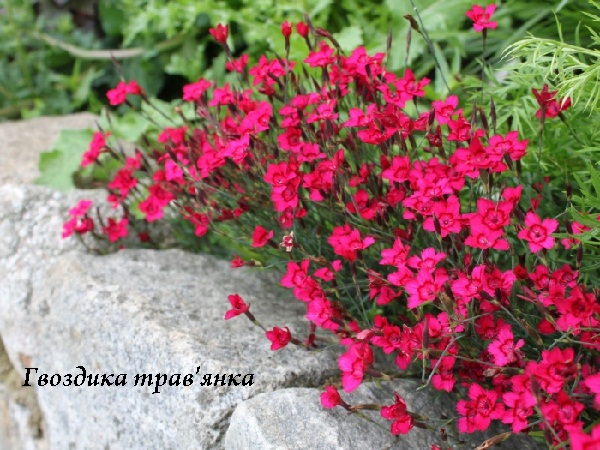
Types of carnations
- У природі нараховується більше 400 видів гвоздик, але в нас зустрічаються такі види:
- Shabo carnation or garden carnation, double flowers, these are the carnations that are sold in spring in bazaars and flower shops;
- Turkish carnation – a biennial plant growing up to 60 cm in height, small flowers are collected in large inflorescences;
- Chinese carnation is a perennial plant, up to 40 cm high, flowers of different colors are not double, serrated along the edges of the petals;
- Carnation Grenadine is a perennial plant, flower height up to 70 cm, single small double flowers;
- Grass carnation is a perennial ground cover plant, single flowers are small, not double up to 20 cm high;
- Pinnate carnation, or Hungarian carnation, is a ground cover, perennial plant, double flowers are larger than those of herbaceous carnations, have a pleasant aroma.
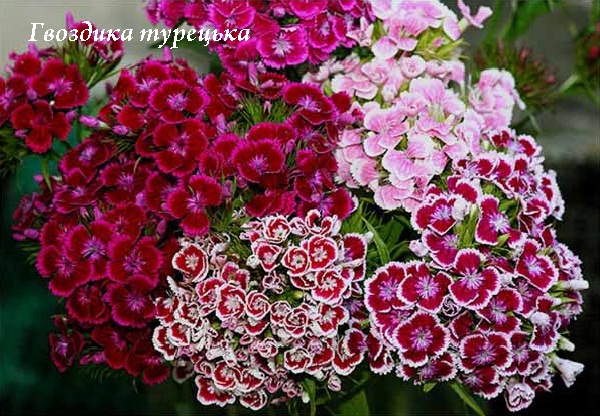
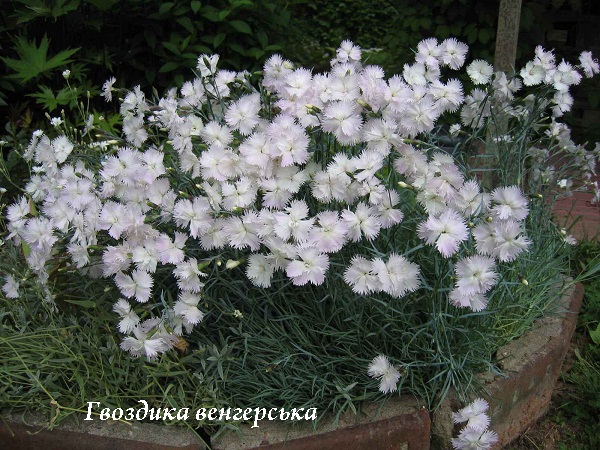
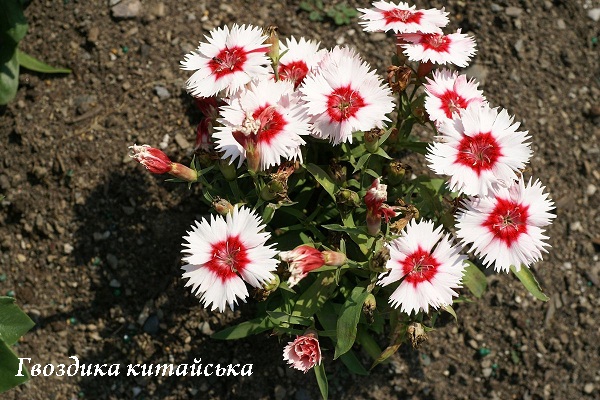
Carnation care
Caring for carnations is not difficult. Place: carnations will grow best in sunny areas along the edges of the flower bed and on alpine slides. Soil: the soil for carnations should be well moistened, but permeable, fertile. The roots of the clove are small, it is able to grow in a small amount of soil.
Note: When choosing a place for planting carnation bushes, you need to take into account the fact that carnations are sensitive to gases and smoke, therefore, they will not grow near the roadway and garages.

Watch the video about indoor violet. Violet flowers are multi-colored, simple, double, wavy with a diameter of 2 to 4 cm.
Care after flowering
Varietal carnation perceives fertilizing with humus well. When the carnation fades, the peduncles must be cut off, leaving 10 cm from the soil, and the plant should be fed with mineral fertilizers, as well as abundant watering, weeding and loosening of the soil. Then after a month, the carnation can start blooming again.
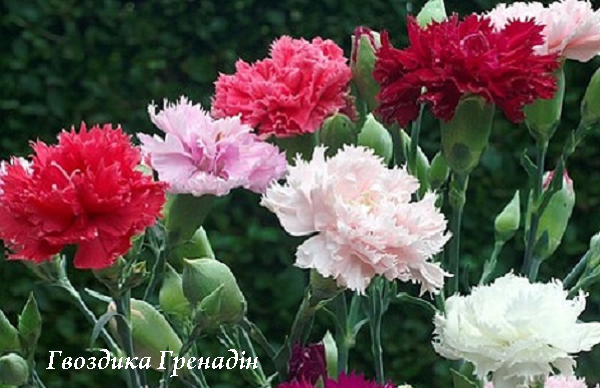
Winter shelter for carnations
Some gardeners dig up carnations in pots in the fall and put them in a cool place, water them from time to time and store them until spring. In the spring, carnations are planted in open ground.
Carnations in harsh and snowless winters can freeze, so all carnations must be covered with covering material. You can read how and with what to cover plants for the winter in our article

Carnation propagation
Carnation is propagated by sowing seeds for seedlings. How to sow seeds for seedlings, read in detail in the article “Sowing seeds for seedlings”
Also, carnations are propagated by cuttings, layering and dividing the bush.
Pests and diseases
Carnations are affected by various bacterial diseases. Usually these are wet rots, which also affect

